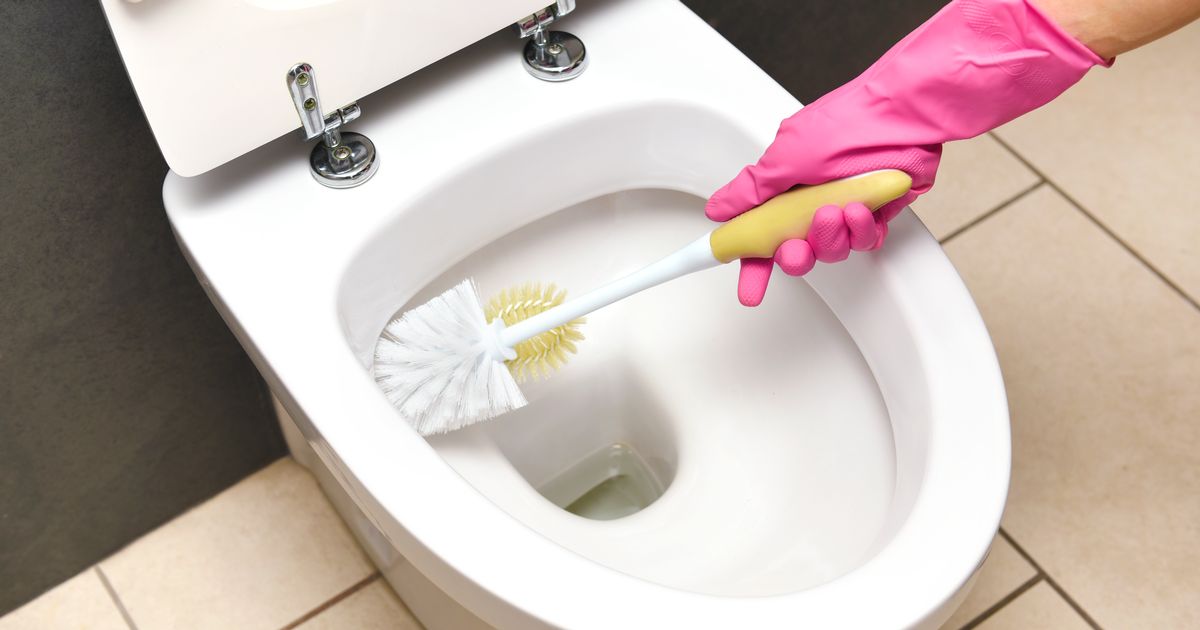
The Four Dirtiest Items in Your Home — And How to Keep Them Clean
Every home may look sparkling clean on the surface, but there are everyday items that harbor more bacteria than your toilet seat. Recent studies by Clear It Waste, in consultation with Dr. Hana Patel, NHS GP, reveal shocking truths about household hygiene. From kitchen sponges to reusable bottles, here’s what you need to know about these bacteria hotspots and how to maintain proper cleanliness for a healthy home.
1. Kitchen Sponges: A Breeding Ground for Bacteria
Kitchen sponges are essential for cleaning, but did you know they’re one of the dirtiest items in your home? The porous material, combined with dampness and food particles, creates perfect conditions for bacteria like E. coli and Salmonella to thrive. Not replacing your sponge frequently can lead to infection risks.
Hygiene Tip: Replace your kitchen sponge every 1-2 weeks or as soon as it begins to look worn. If you’re looking for a safe and eco-friendly alternative, consider the Bamboo Natural Cleaning Sponge, which is biodegradable and antimicrobial—perfect for keeping your kitchen germ-free.
2. Toothbrush Holders
Your bathroom may not seem like a bacterial hotspot, but toothbrush holders often go unnoticed during cleaning routines. They can trap moisture, which promotes mould and airborne bacterial growth, especially from toilet flush aerosols that can carry fecal matter.
Hygiene Tip: Dry your toothbrush before placing it in the holder and clean the holder at least weekly. Avoid enclosed containers or cabinets, as they trap moisture and limit ventilation. Opt for open designs like the OXO Open-Air Toothbrush Holder, which ensures proper air circulation.
3. Reusable Water Bottles
While reusable bottles are great for the environment, they can harbor bacteria due to the moist interiors. Bacteria from your hands, mouth, or the bottle’s crevices can grow if not cleaned thoroughly, potentially leading to illness.
Hygiene Tip: Wash your bottle daily, paying close attention to straws and crevices. A highly recommended option is the Hydro Flask Reusable Bottle, which is easy to dismantle and clean thoroughly, ensuring no bacteria gets trapped.
4. Bathroom Towels
Damp bathroom towels are an ideal habitat for mould and other harmful microbes. Even though they’re used for drying clean skin, they can harbor germs due to the warm, moist environment. Infrequent washing only compounds the risk.
Hygiene Tip: Wash shower towels after every 3-5 uses and hand towels every 2-3 days. For extra freshness, consider a quick-drying and antibacterial towel like the Evolve Antimicrobial Microfiber Towel, perfect for reducing bacterial buildup.
Why Cleanliness Matters for Your Health
Maintaining a hygienic home goes beyond appearances—it can prevent allergies, asthma, and other health risks. Mould spores and damp environments exacerbate respiratory problems, especially for individuals with weakened immune systems.
Regular cleaning and deliberate choices, like high-quality reusable items and antibacterial alternatives, can significantly reduce bacterial exposure and improve your overall well-being.
Final Thoughts
Your home should be a sanctuary, not a breeding ground for bacteria. By paying attention to these commonly overlooked items and upgrading to better cleaning tools, you can ensure a healthier, more hygienic living space. Start small by replacing your sponge or investing in an antibacterial towel—it’s worth it for your well-being.





